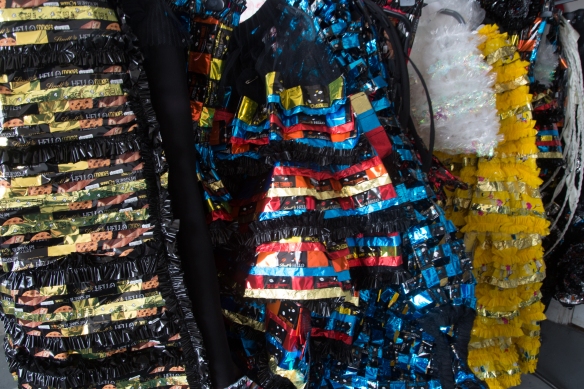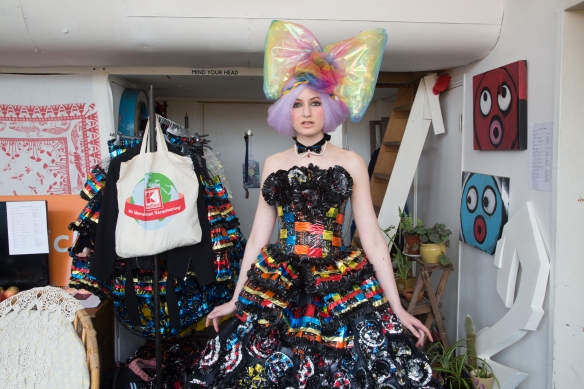As part of the Museum’s newly launched Professional Development Programme, Pamella Barotti, Professional Learning Ambassador, will be holding a series of interviews with an enviable range of industry experts.

Last month Dr Nikki Westoby, Director of Neilson Consumer Neuroscience, led a fantastic interactive talk and live demonstration at the Museum of Brands. Whilst various equipment was being set up, Pamella caught up with Nikki to discuss Neilson Consumer Neuroscience’s work in the context of marketing and advertising.
Firstly, would you introduce yourself briefly?
I did my PHD in Neuroscience, and there was so much interesting theoretical research but I couldn’t see the impact that it was having. When I started getting into applied neuroscience, the things I was finding out made a real difference to people’s businesses and brands day to day, and I saw the real impact of Neuroscience in people’s day to day life.
I started as a consultant and worked with a few marketing research companies, then ended up at Neilson. I get to tell people about how the brain works, in relation to decision making, shopping behaviours and advertisement.
For those who are not marketers, I would describe this topic as when brain science and marketing get together, how would you describe neuro-marketing?
It is really about complimenting insights gathered through market research to get a layer deeper into consumer response. Things that people cannot tell you about because they are not aware of them, such as the things that go on subconsciously in their brains, or maybe because it is hard to put them in words. Emotions, for example is very difficult to talk about because we don’t have the language to describe it, so by adding neuroscience techniques to market research, we are getting underneath the surface to find subconscious reactions and a deeper understanding of emotions.
Other than marketing research, what else is neuro-marketing used for today?
We see it applied advertising, brand building, product design, package design and right back to concept creation. We work a lot with CPG companies, financial companies and wide range of brands and clients.
We are aware of MRI as one of the techniques, but what are the other techniques or machines that are neuroscience or neuro-marketing using?
There is a lot! MRI is one of them, and this comes with own pros and cons as it is more expensive. It is difficult as well because you need to go hospital. Using EUG measures the electrical activity, and biometrics analyse heart rates, eye tracking and facial coding.
What are you really measuring?
We are measuring reactions. Bodily reactions are the first thing we can measure: the brain influences the eyes, and this feeds through the body. All of these things give us a different element of the reaction of the consumer to the stimulus.
If you’re doing advertising you probably want to know second by second about what’s going on. For this reason we tend to go to EUG, which is great for the detailed speed reading. For static images, eye tracking is important because you want to know where are people looking and how their brain is responding while they are looking. Are they confused? Are they excited? What is the brain signature going on when they are look at the image?
You have worked on many different projects, could you choose one of them you are most proud of?
At the moment my favourite projects are always TV ads, as I love getting into the details with how people react to TV ad. Few years ago, I did work for bank note designers. We were looking at how people spot counterfeit bank notes because people don’t really look at their bank notes. We looked at whether this are there some subconscious trigger that would make people spot a fake, and what this means for luxury industries and designers. That project stood out as being different.
To be honest, when you get into the client and understand what they are struggling with, I think every project I worked on, you’ll find out something new and meaningful to the client. The work always goes back to the day to day impact on businesses.
What are the challenges and opportunities for agencies or companies when deciding to use neuro-marketing?
There are a lot of opportunities to help whatever the question is. The challenge is identifying the right supplier and the right people to partner with you on that. There are a lot of tools and ways to do things, therefore the challenge to brands and businesses is to carefully select who to work with.
There are three things they should consider. Firstly look at a techniques, is the work they doing based on a big body of research support? Secondly, can the company measure what they say they are measuring? You need to be cautious and do your research. The third challenge is, do they have validation and reliability?
The challenge is not be seduced by something that looks exciting that’s great but there’s got to be real solid science to back up.
Let’s say you were conducting a neuro-marketing study in UK, would it different in other parts of the world? How do you take in to account cultural differences?
It depends on what you are doing. Largely speaking, a brain is a brain. We are all human beings and so the way we approach research is same market to market.
On the other hand, there are other things that are culturally specific because experience will change the way we look at things. This all depends on if it is culturally relevant or a universal human truth. Generally speaking, testing is the same in all markets.
There has been discussions around the ethics of neuro-marketing as a new tool to brainwash people. What are your views on this?
There is actually less and less of this fear. A lot of the problem was in the early days of the neuro-marketing industry where there were big claims about what they could achieve with the science about advertising and marketing. The idea was that you read into consumer minds and can just give you the answer! Of course we can’t do that, it’s just another tool to our tool kit. For example survey is a tool, and neuroscience is another kind of tool. They face just the same ethical challenges as surveys but really it is all about creating better experiences for people.
What does the future hold for neuro-marketing?
Right now the trend is going towards integration of techniques. A couple of years ago all these new companies were claiming that their unique tools were the most effective, however the industry is maturing. We are all moving towards to a point where we are understanding which tools would work in which situations and integrating these tools. Each one would tell you a different aspect of human response and so, combining these tools we get a much broader understanding therefore I think it is about integration.
A huge thank you to both Pamella and Nikki for taking part in this interview and sharing their insights and expertise.
Our next event in the Professional Development Programme is Phil Woodford’s Advertising Masterclass on Monday 12 June. Our programme of talks, events and workshops is set until November, explore the whole series here.




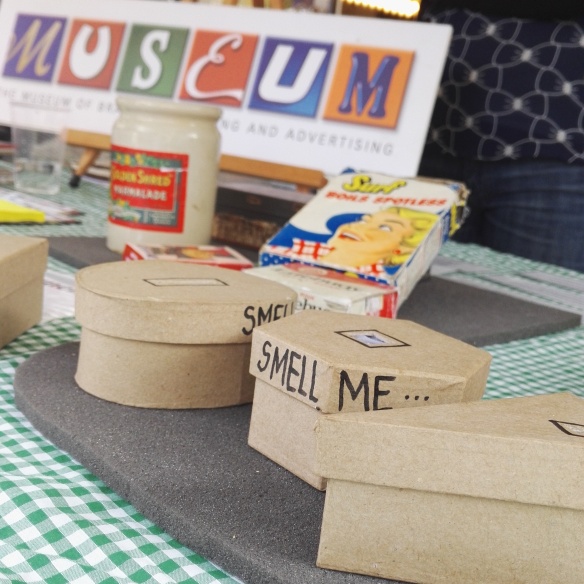




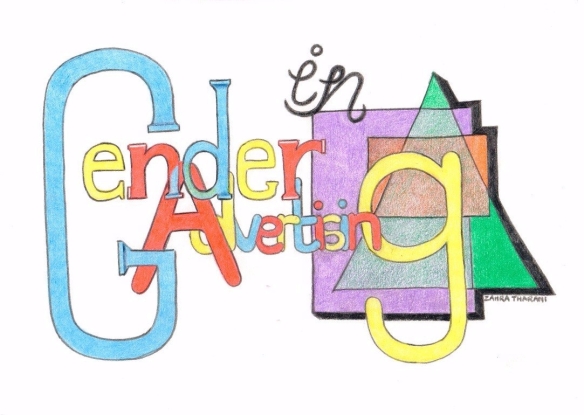 What was your involvement with the museum?
What was your involvement with the museum?



 The learning team would like to thank Zahra for all her work. If you would like to see more of Zahara’s work please contact her at:
The learning team would like to thank Zahra for all her work. If you would like to see more of Zahara’s work please contact her at: 



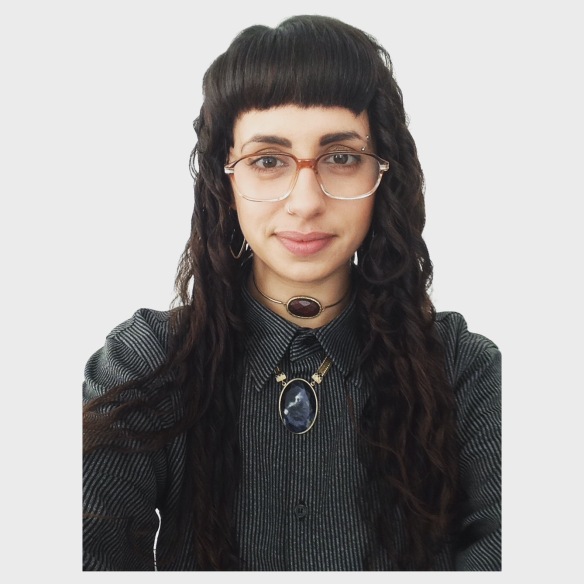

 Who or what is your inspiration for the work?
Who or what is your inspiration for the work?